
Spend a perfect day along San Francisco waterfront, taking it some of its most famous sites and flavors.
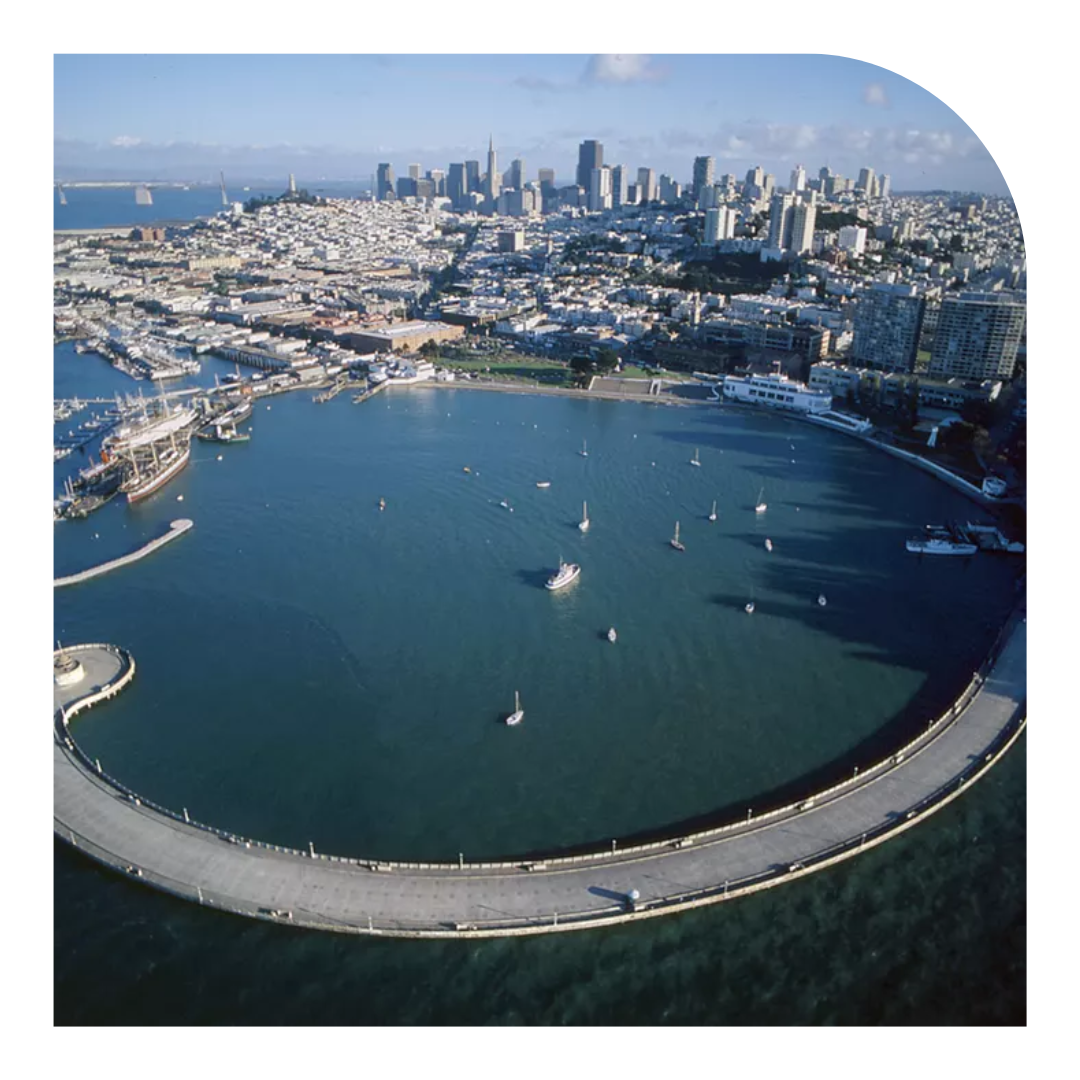
1. Aquatic Park Pier is a great spot to kick off a day of exploring at Fisherman’s Wharf because it offers the best views of the Golden Gate Bridge, Alcatraz Island, Ghirardelli Square, Coit Tower, and the San Francisco Bay.
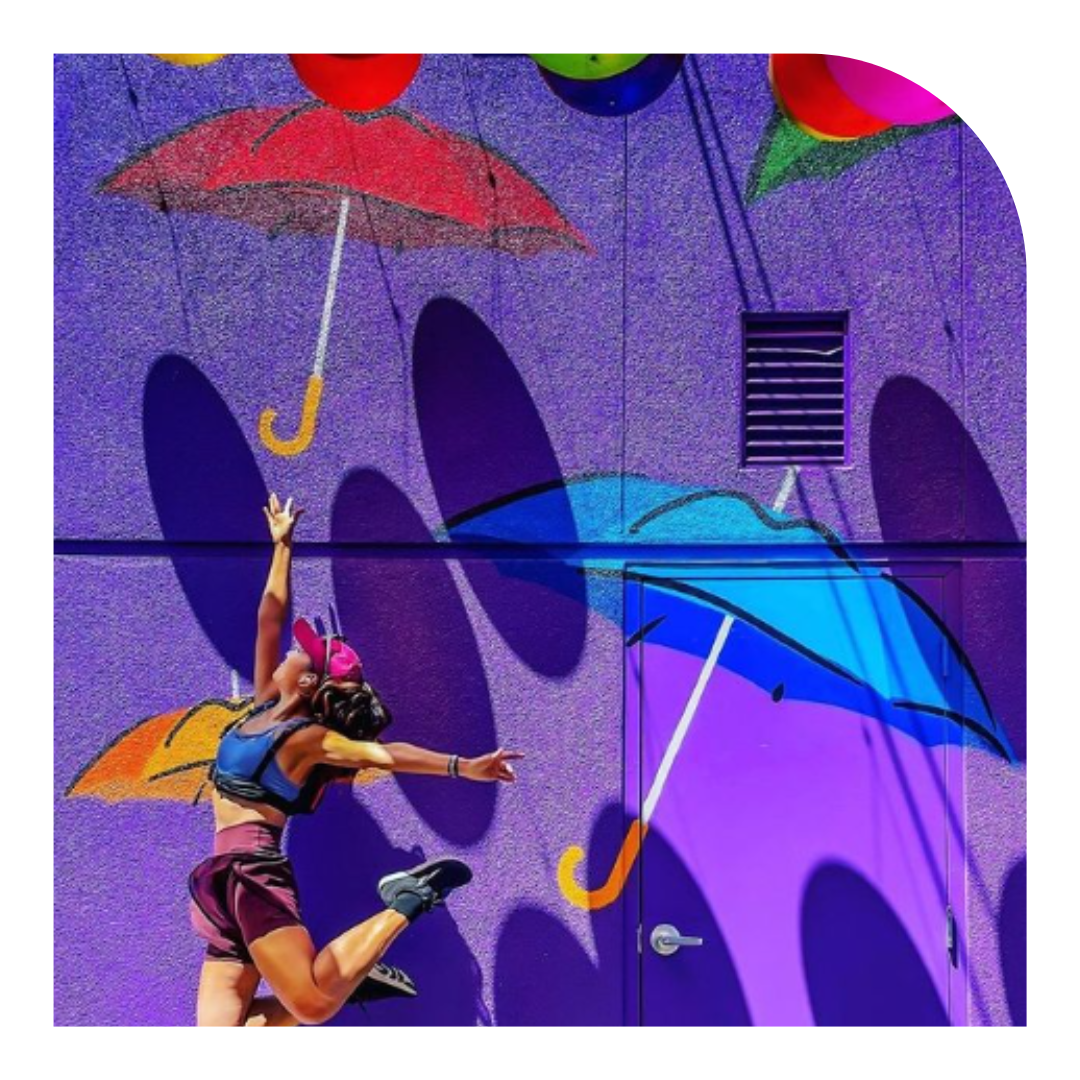
2. Nestled between two buildings on Beach Street, Umbrella Alley is one of the coolest alleyways in San Francisco — it’s where you’ll find murals with fun installations, and brightly colored balloons and umbrellas suspended throughout the entire enclosure.
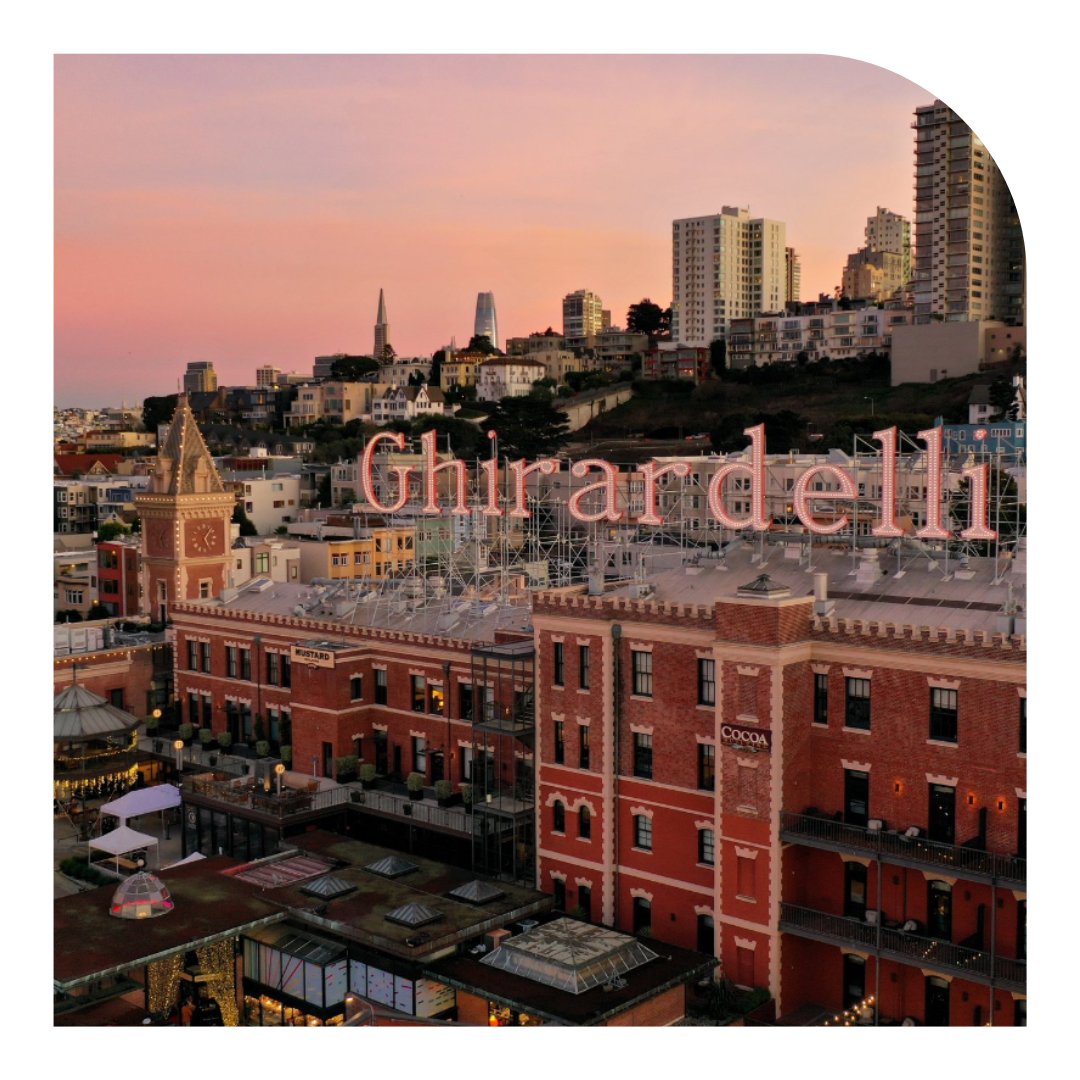
3. The famous San Francisco chocolatier has dedicated an entire plaza square to the love of chocolate. With its mix of fun visitor-centric shops and stylish restaurants, memories are waiting to be made around every corner. You can walk Ghirardelli Square while enjoying the waterfront views, do some wine tasting, and even visit a cheese school.
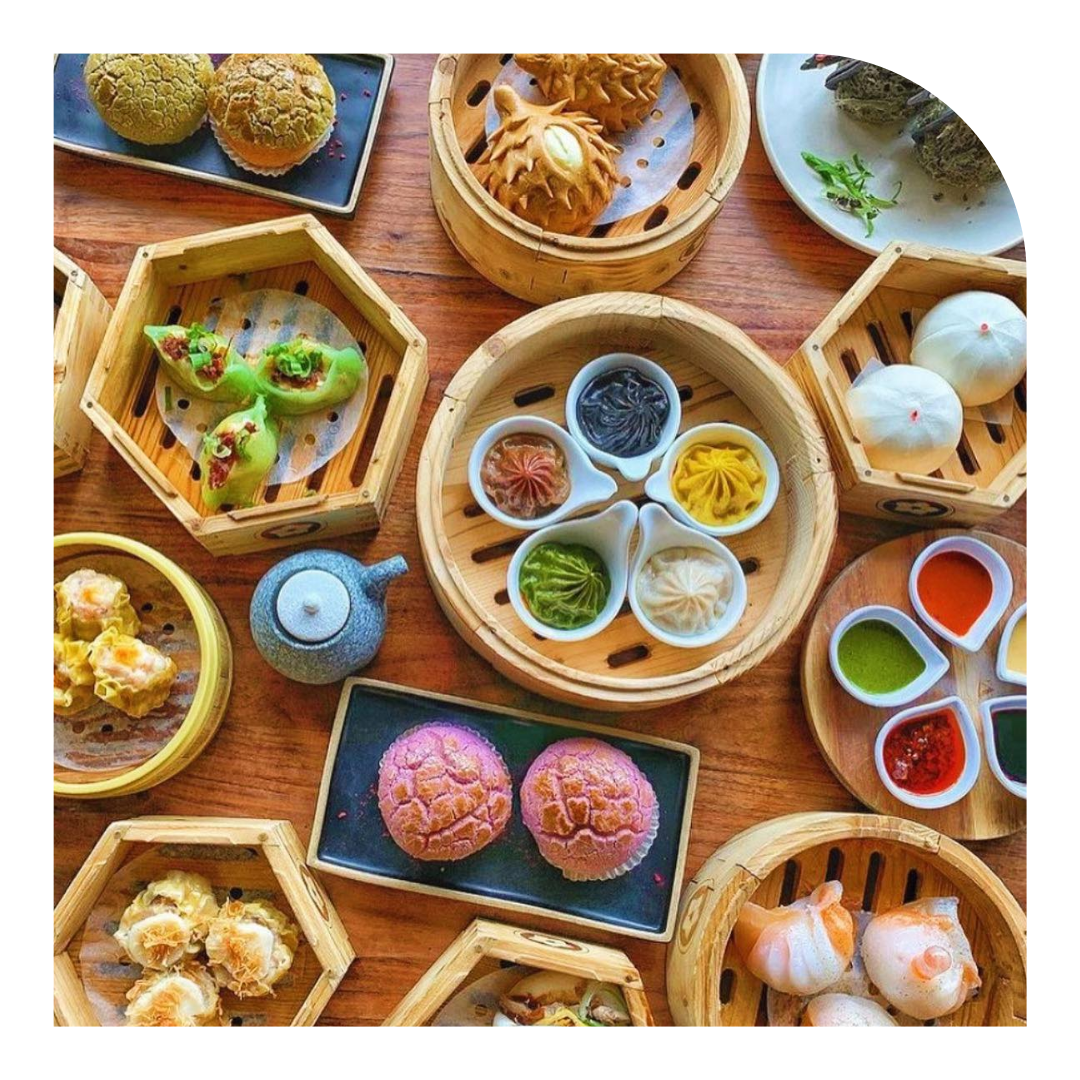
4. Palette Tea House introduces a refreshed perspective on Cantonese cuisine and a marriage of both authentic and modern culinary techniques. From the team of Koi Palace and Dragon Beaux, the restaurant features vibrant, authentic dim sum, live seafood, a pacific-inspired cocktail list, and a casual atmosphere located at the heart of Ghirardelli Square.
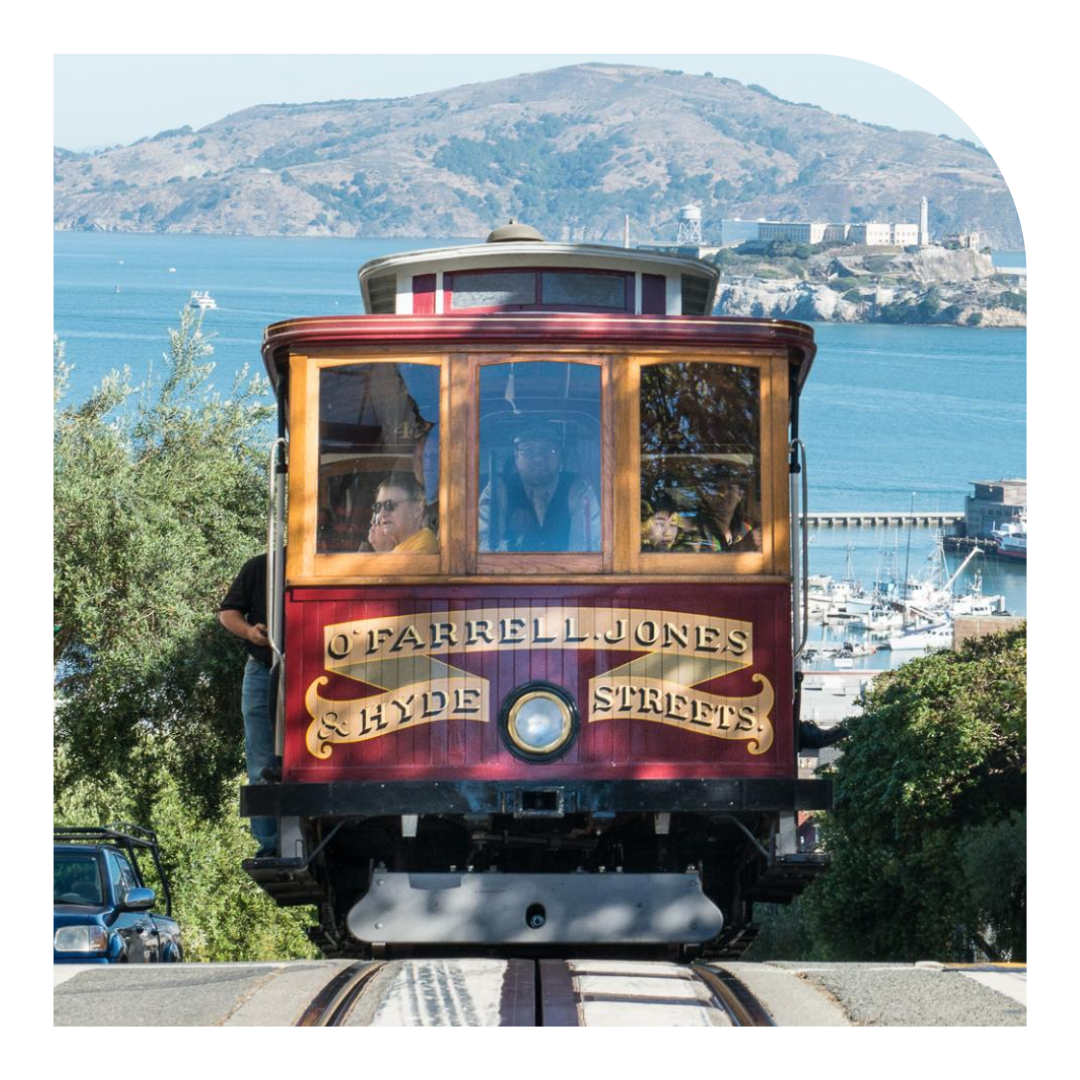
5. Be fully immersed in San Francisco culture and catch a cable car ride at our favorite turnaround station on Beach and Hyde street or be adventurous and catch one in action along the route. It is the world's last manually operated cable car system and the cable cars have been kept in the same condition that they were 150 years ago.
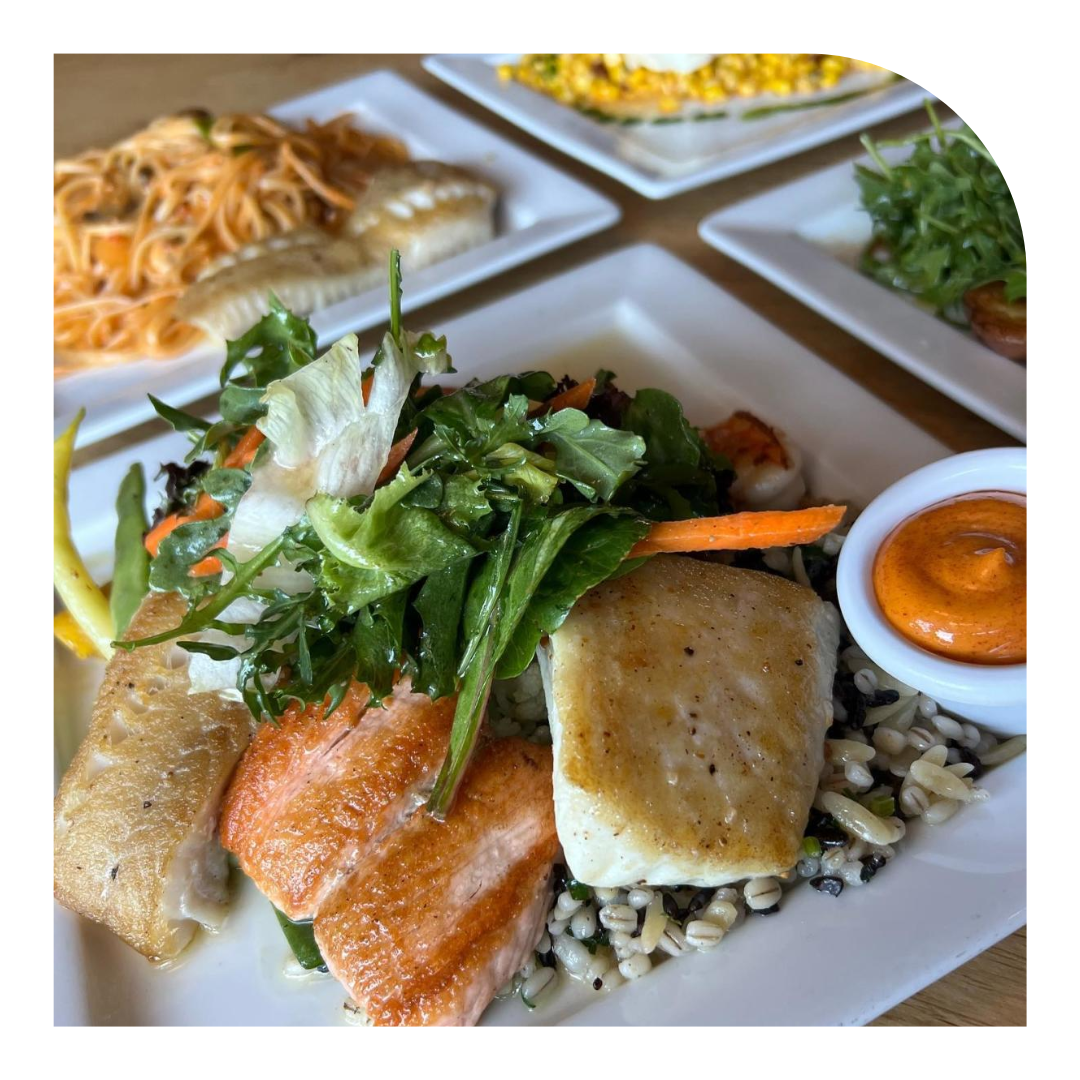
6. In 1965, brothers Al and Joe Scoma purchased a tiny coffee shop with only six stools on Pier 47. Over time, they transformed the once-obscure local spot into Scoma's one of the country's most popular independent restaurants, serving more than 300,000 locals and visitors annually.
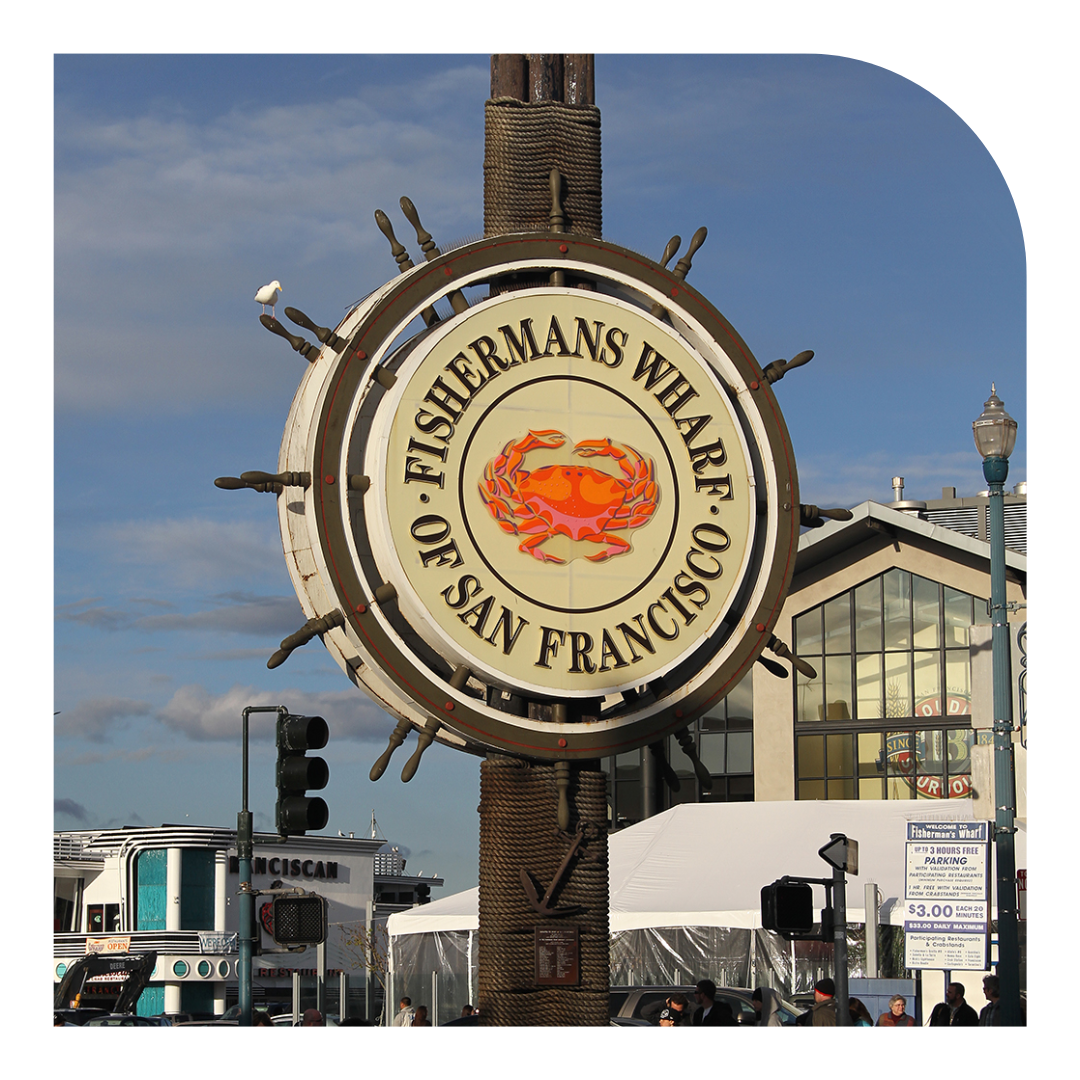
7. A day at Fisherman’s Wharf would not be complete without visiting the Fisherman’s Wharf sign. Located at the corner of Jefferson and Taylor streets, it was first installed in 1968 and features a giant iconic crab emblazoned on a ship’s helm.
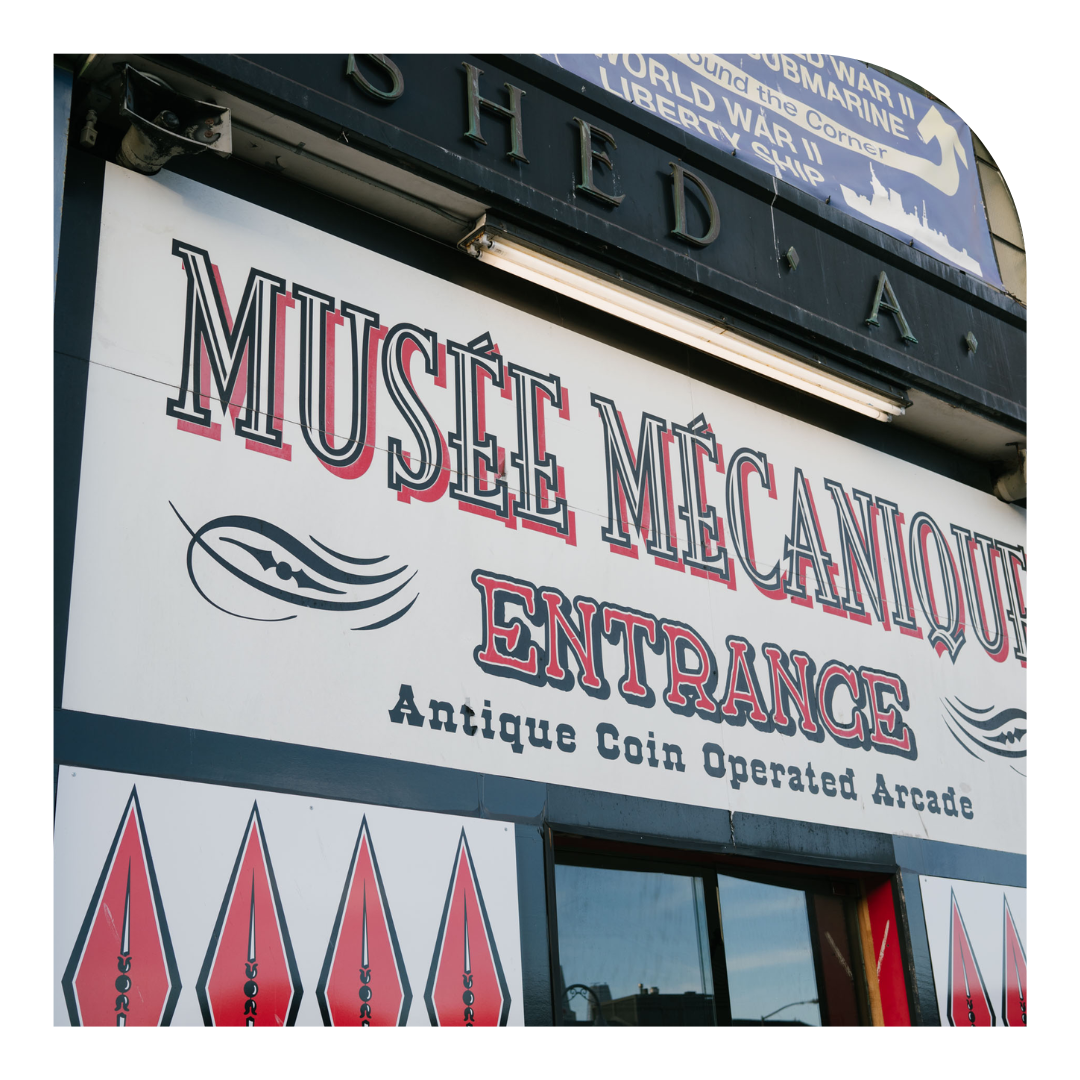
8. Part museum, part arcade, and all fun, Musée Mécanique will take you on a journey from turn-of-the-century music boxes to modern video arcade games.
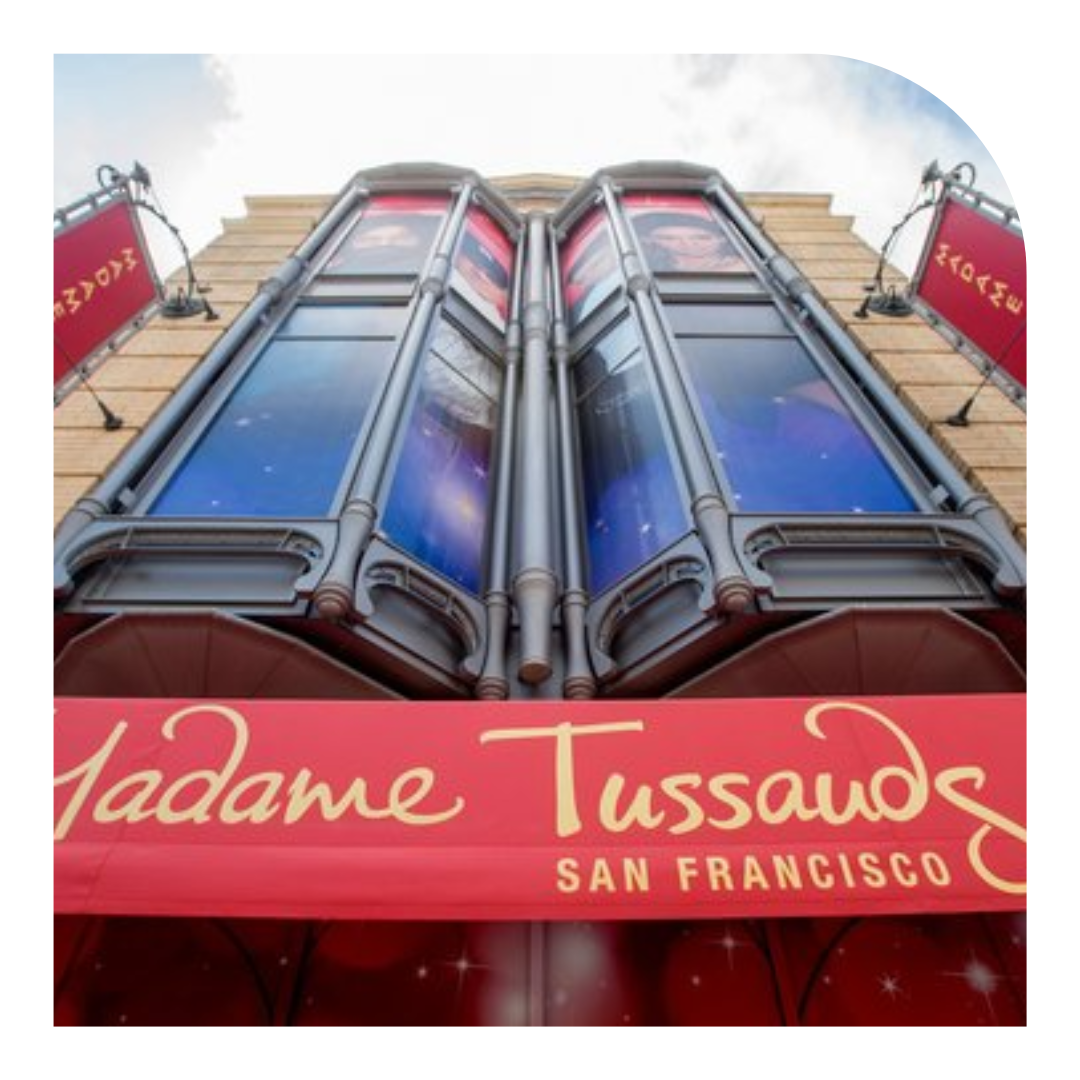
9. Plan your A-list experience at Madame Tussauds, the world’s greatest wax museum with no ropes or barriers holding you back from meeting your favorite stars!
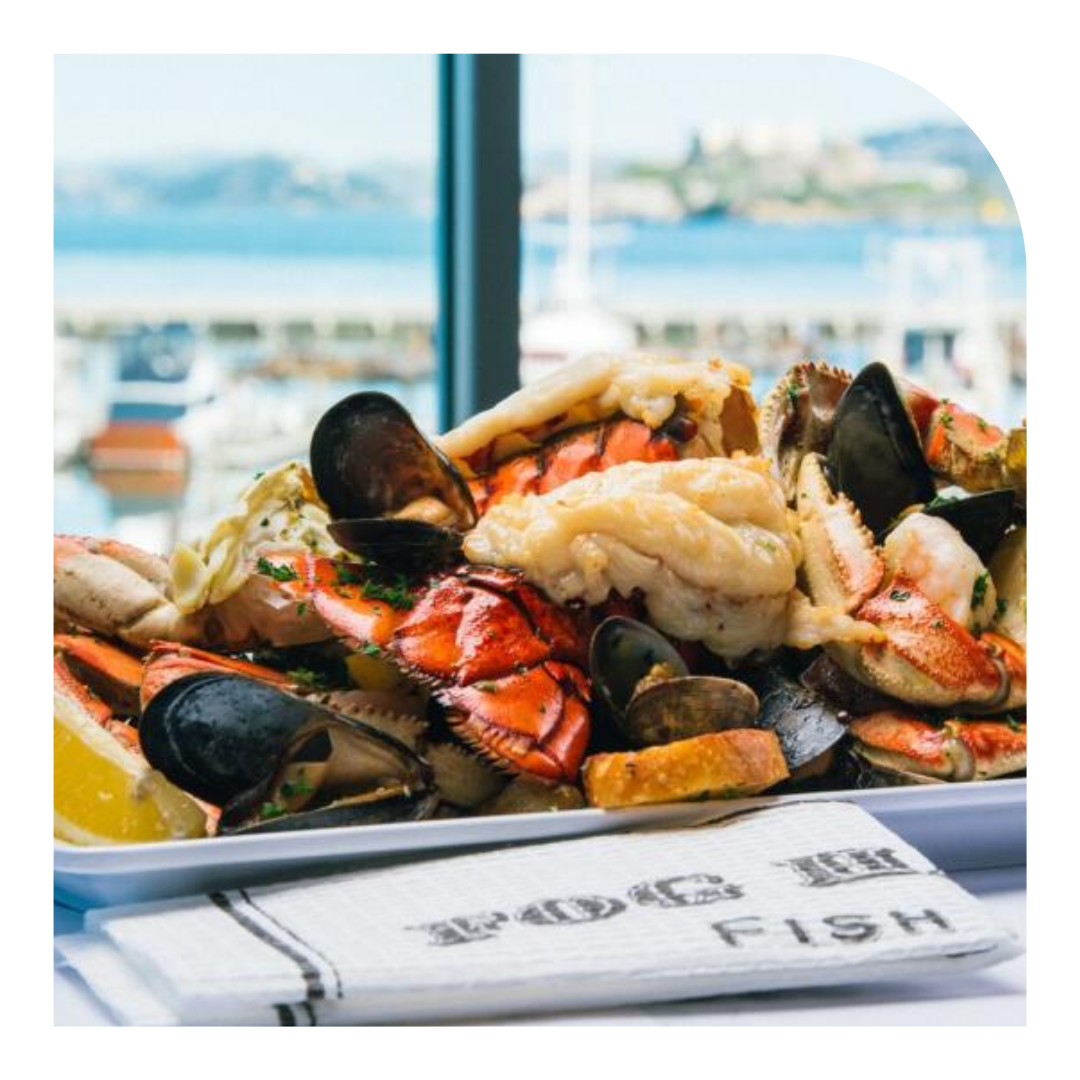
10. Fog Harbor Fish House, one of San Francisco's best restaurants, stands as an iconic dining destination in the City. Delight in the experience of savoring 100% sustainable seafood while taking in breathtaking vistas of the San Francisco Bay and the iconic Golden Gate Bridge.
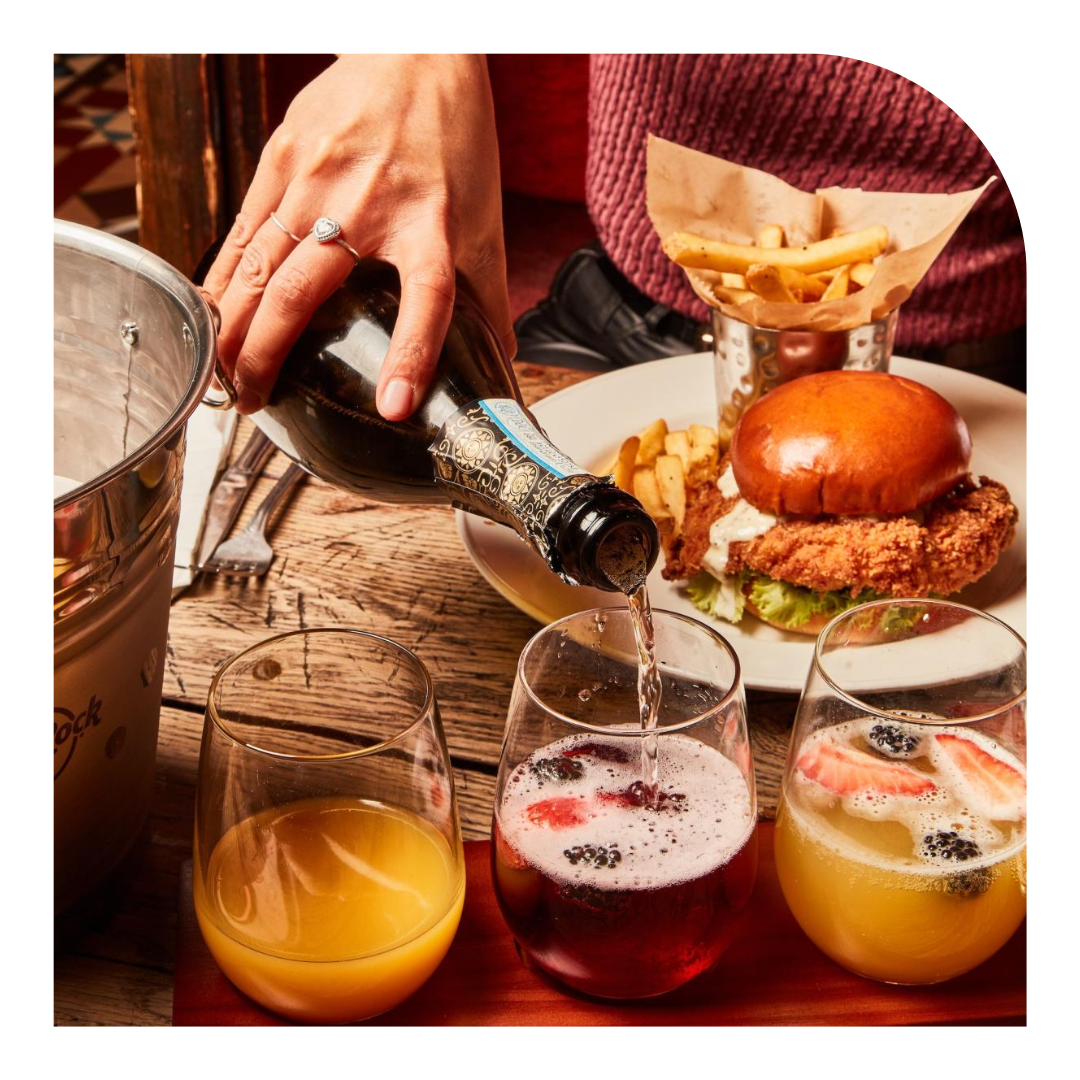
11. Hard Rock Cafe's awe-inspiring assortment of memorabilia showcases iconic Bay Area music legends, including the likes of Grateful Dead, Faith No More, Jefferson Airplane, Journey, Santana, Sly and the Family Stone, and Vince Guaraldi, among many others. These are just a handful of the homegrown bands that achieved tremendous success.
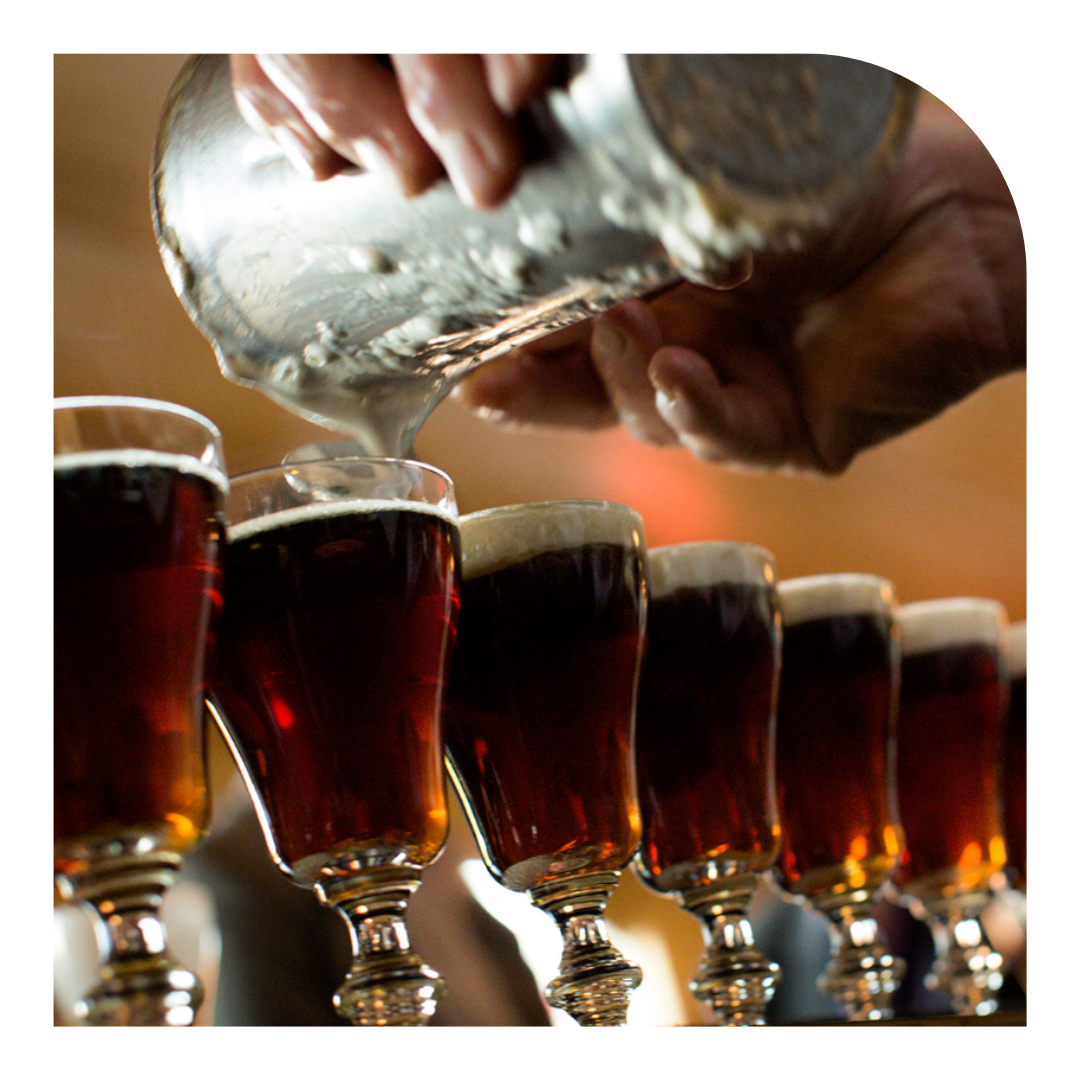
12. Cap off your Perfect Day with an Irish Coffee at The Buena Vista Café, an iconic San Francisco establishment. As you step into this famous café, you are greeted by friendly staff in a beautiful wooden bar.
More itinerary ideas
Something for everyone

About Fisherman's Wharf
San Francisco's Fisherman's Wharf is a world famous tourist attraction and a thriving and vibrant local neighborhood and commercial area. It is home to world-class dining, shopping, hotels and endless entertainment opportunities.
One of the great pleasures of visiting San Francisco is a stroll along this city’s historic Fisherman’s Wharf. Here visitors can peer down at the fishing crafts riding in the calm water, or pause to watch fishermen mending a net. Most of the boats in view belong to a "third generation" of fishing craft, which have made history at Fisherman's Wharf.
From the days of the Gold Rush until the turn of the century, the San Francisco fishing fleet was composed of lateen-rigged sailboats. They were copies of the craft which the Italian fishermen knew in their native land. Green was the prevailing color of the tiny boats, and the name of a patron saint appeared on the hull. The fishermen themselves were as colorful as their craft. Their natural talent for song was to be heard in renditions of arias from Verdi, lusty if not always true to the ear. In the fog-shrouded waters outside the Golden Gate, the singing was a means of communication. You could not see a companion boat, but you knew it was there.
The "second-generation" of fishing boats came with the introduction of gasoline engines; small but dependable "put-puts". What became known as the Monterey Hull boats came into general use. The gas engine made it possible to fish more days of the year, gave a wider range for their operation in the ocean water and provided power to haul in the nets or lines.
Even today, several hundred of the Monterey-type boats remain as a part of the fishing fleet. Often likened to the "vintage" automobiles of the Model-T era, the Monterey Hull craft ride at harbor alongside a "'third generation" of commercial fishing boats; diesel-powered craft which overshadow them in size; cruising capacity and are often equipped with two-way radio telephones and "sonar" depth-finders.
Fishermen used to get their news about the weather from nature instead of a radio or television report. If the moon was in the east, the tide was coming in; or if in the west, the tide was flowing out the Golden Gate. A circle around the moon meant rain. Porpoises playing around the boat indicated a bad wind was brewing.
Old timers around Fisherman's Wharf have other tales to tell, recalled from the period of the last sailboats. It was hard work. If the boat was becalmed, they waited long hours for a breeze, or got out the oars and rowed. Sometimes they would throw a grappling hook into the rudder chain of a passing steamer and get an easy ride home. When the steamer crews called out imprecations against these marine hitchhikers, the Italian fishermen screamed right back in words that soon became a part of waterfront "lingo".
In those earlier periods, the favorite fishing spots were outside the Golden Gate, just beyond the waves breaking on the rocks and sandy beaches. It took great skill to manage the boats so they did not drift ashore and get wrecked. In terms of money, the rewards were very low, if today's standards of value are to serve as a measure. The average fisherman made $2 or $3 a week, sometimes as much as $5. But, on the other hand, a loaf of bread could be bought for less than five cents, and good red wine came from grapes that could be purchased for $5 a ton.
Today, as in the past, it is the fishing fleet, operated by the grandsons and great-grandsons of these past generations, which make Fisherman’s Wharf a place of activity; the center of an ocean-oriented industry beloved by native San Franciscans and visitors alike.
A Perfect Day in Fisherman's Wharf was curated by the Fisherman's Wharf Community Benefit District.
About
Shop Dine SF is an initiative of the Office of Small Business, and the Office of Economic and Workforce Development.
Its aim is to bring attention to the local businesses and neighborhood corridors.
Spending money at local small businesses helps merchants, creates jobs, and earns taxes. It is critical to San Francisco's economic recovery from the COVID-19 pandemic.
Shop local. Even a small increase can have a big impact.
Questions? Email shopdinesf@sfgov.org
